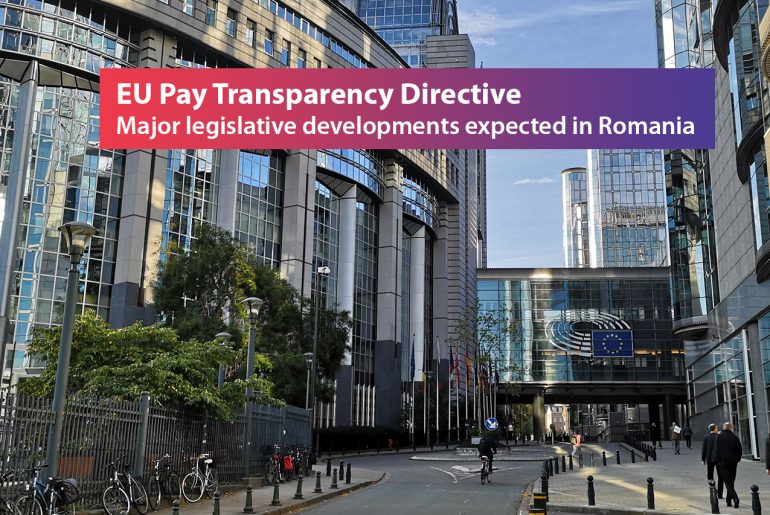Mid-and large size employers should prepare for a revolutionary development in the employment legislation as of mid-2026 throughout the European Union.
The EU Directive 2023/970 to strengthen the application of the principle of equal pay for equal work or work of equal value between men and women through pay transparency and enforcement mechanisms (the “Pay Transparency Directive”), with a national transposition deadline of 7 June 2026, brings about significant new obligations for employers in the area of pay transparency.
Drawing on the Commission’s 2020 evaluation of the relevant provisions of Directive 2006/54/EC on the implementation of the principle of equal opportunities and equal treatment of men and women in matters of employment and occupation, which showed that the application of the principle of equal pay is hindered by the lack of transparency in pay systems, a lack of legal certainty on the concept of work of equal value and by procedural obstacles faced by victims of discrimination, the Pay Transparency Directive seeks to establish various pay reporting obligations for employers, as well as remedies and enforcement mechanisms.
The national transposition legislation to be implemented by the Member States shall need to ensure that the employers put in place pay structures effectively ensuring equal pay for equal work or work of equal value and that they report periodically about the pay gaps between men and women.
Members States shall also be required that, in consultation with national equality bodies, take the necessary measures to ensure that analytical tools or methodologies are made available and are easily accessible to support and guide the assessment and comparison of the value of work in accordance with the criteria set out in the Pay Transparency Directive.
Notably, under the new legislation the employers of 100 or more employees shall be required, inter alia, to ensure pay transparency prior to employment, to report on various categories of pay-related information such as the gender pay gap, the proportion of female and male workers receiving complementary or variable components, or to conduct, in cooperation with their workers’ representatives, joint pay assessments where the pay reporting demonstrates a difference in the average pay level between male and female workers of at least 5% in any category of workers, where such difference is not justified on the basis of objective, gender-neutral criteria and the employer has not remedied such unjustified difference in the average pay level within 6 months of the date of submission of the last pay reporting.
Member States shall be required to put in place measures to prohibit contractual terms that restrict workers from disclosing information about their pay, as workers shall not be prevented from disclosing their pay for the purpose of the enforcement of the principle of equal pay.
Members States shall also be required to ensure effective remedies against breaches of the pay transparency legislation by the employers and related penalties, as the Pay Transparency Directive also introduces procedural rules related to the defence of rights, right to compensation, shift of burden of proof, proof of equal work or work of equal value, access to evidence or victimization and protection against less favourable treatment.
The appropriate measures to be taken in this regard shall also include measures to ensure that, in the performance of public contracts or concessions, economic operators comply with their obligations relating to the principle of equal pay.
Within the coming weeks we shall publish a series of legal briefings setting out in more detail each category of obligations that are set out in the Pay Transparency Directive, as well as offering examples of national legislation tackling pay transparency issues throughout the European Union, followed by recommendations on concrete steps that may be taken by the employers in order to prepare for this new regulatory landscape.
By Ioana Cazacu





